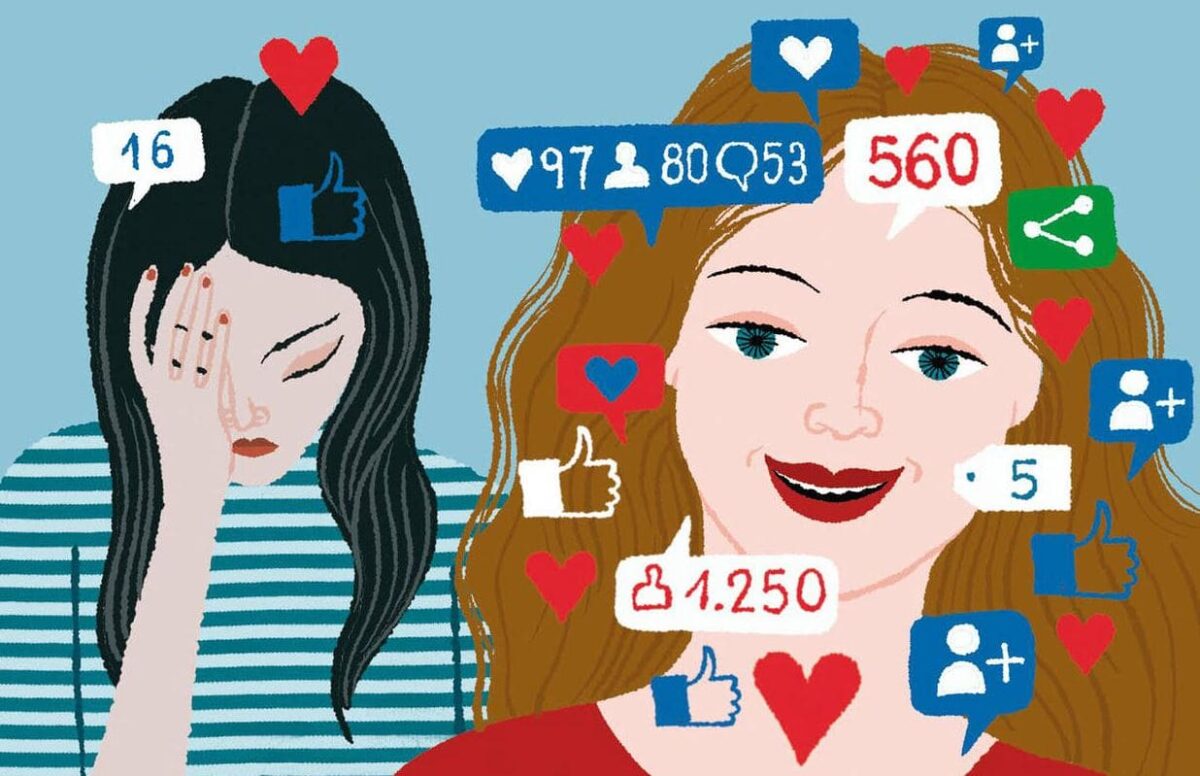Introduction
With millions of adults in the United States identifying as a sexual minority, addressing their medical care concerns and challenges is a critical aspect of modern society. When viewed alongside their straight colleagues, LGBTQ+ people have considerable mental and behavioral health inequities, often studied in detail in what is a research paper exploring public health disparities. They experience exceptionally high rates of nervousness, despair, suicide, drug dependency, and other detrimental behaviors. In particular, color, gender, and financial status are the three main factors that affect mental well-being disparities within the LGBTQ+ community, overburdening the global public health system.
Color
LGBTQ+ adolescents of color dominate child welfare programs across the United States, and they have considerably worse results in terms of permanence and mental health compared to their non-LGBTQ+ counterparts. For example, LGBTQ+ individuals of color suffer from structural and institutional stigmatizations, which include racism and bullying, across their sub-groups compared to their white and heterosexual counterparts (Schmitz et al. 2019, p. 2). Due to their sexual orientation, amplified by their color of origin, LGBTQ+ individuals suffer unfair treatment, a lack of social support, and systematic marginalization relative to white persons. Although the LGBTQ+ community suffers stigmatization and societal prejudice, the situation is worse for people of color, which is why there is a high rate of mental health problems among them.

Gender
Gender is another sensitive factor for mental health disparity that significantly compounds discrimination among the LGBTQ+ community. For instance, in an American research examination of sixty-seven LGBTQ+ individuals with severe mental health conditions, 21.7 percent were women of the sexual minority who reported dissatisfaction with healthcare services, compared to only 7.2 percent of their heterosexual counterparts (Steele et al. 2017, p. 2). Being an LGBTQ+ woman puts an individual at greater risk of discrimination in public facilities, especially in healthcare. As a result, the burden of depression on LGBTQ+ women is greater than the prevalence of depressive conditions among heterosexual females due to victimization and intimidation within society, which contribute to their avoidance of accessing medical attention when sick.
Financial Status
LGBTQ+ people of color and women are at a disadvantage of experiencing unemployment or, even if employed, a lack of promotion or being fired from their workplaces due to discrimination. During the COVID-19 epidemic, it is estimated that 30.2 percent of the LGBTQ+ population lost their jobs, and whereas 44 percent of non-LGBTQ+ families reported substantial financial constraints, 66 percent of all LGBTQ+ people faced considerable economic difficulties, of which 95 percent were Black (Washburn et al. 2022, p. 2). The data proves scientifically that the sexual minority group is at compounded risk of losing jobs, which can lead to a lack of capital to cater to their mental health needs, and it can be attributed to social prejudice. Therefore, the LGBTQ+ community may lack the financial power to access medical coverage essential for treatment costs, which, from a broader perspective, results in increased stress and mental conditions.
Conclusion
Mental health disparities within the LGBTQ+ community are critical concerns that need action, as they are increasing the burden on public healthcare. Summarizing the data using rhetorical precis structure ensures that key points are presented logically and persuasively to policymakers. Color, gender, and financial status are the serious factors that directly influence mental health disparities that need public attention. Thus, relevant agencies should enforce policies that can protect LGBTQ+ people against any form of discrimination.
Reference List
Schmitz, RM et al. 2019, ‘LGBTQ+ Latino/a young people’s interpretations of stigma and mental health: An intersectional minority stress perspective’, Society and Mental Health, vol. 10, no. 2, pp. 163–179, viewed 14 July 2023, DOI: 10.1177/2156869319847248.
Steele, LS et al. 2017, ‘LGBT identity, untreated depression, and unmet need for mental health services by sexual minority women and trans-identified people’, Journal of Women’s Health, vol. 26, no. 2, pp. 116–127, viewed 14 July 2023, DOI: 10.1089/jwh.2015.5677.
Washburn, M et al. 2022, ‘The impacts of COVID-19 on LGBTQ+ foster youth alumni’, ChildAbuse & Neglect, vol. 133, pp. 1-14, viewed 14 July 2023, DOI: 10.1016/j.chiabu.2022.105866.


